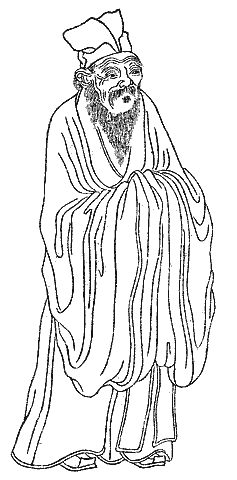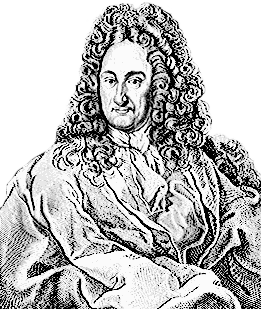

Scripting the Shao Yong diagram

|

|
Shao Yong (1011–1077) ordered the I Ching hexagrams according to what we now call a binary sequence. His diagram influenced Gottfried Leibniz (1646–1716), coinventor of calculus, who contributed to the development of today’s binary number system and pioneered modern computation. Since broken lines are considered yin, or even, and solid lines yang, or odd, they may be taken to represent zero and one, respectively. Shao Yong’s sequence was not used mathematically. It begins by changing the top line from broken to solid, and progresses downward, as if the diagram above were turned upside-down and read from bottom to top. But if the sequence is to be considered a mathematical one, the least-significant digit is more properly the bottom line. Hexagrams are built from bottom to top as numbers are built from right to left (000, 001, 010, 011, 100, 101, 110, 111, etc.). The diagram above is ordered in this fashion. Also, the hexagrams in the circle begin with zero at the top and progress clockwise. The right half of the circle is actually inverted so that hexagrams on opposite sides of the circle are reversed, broken line for solid and vice versa. The same is true for hexagrams at opposite positions in the square.

|
|
|
| the diagram that influenced Leibniz | downloadable .svg image |
The svg code for the diagram:
Please visit russellcottrell.com | blog